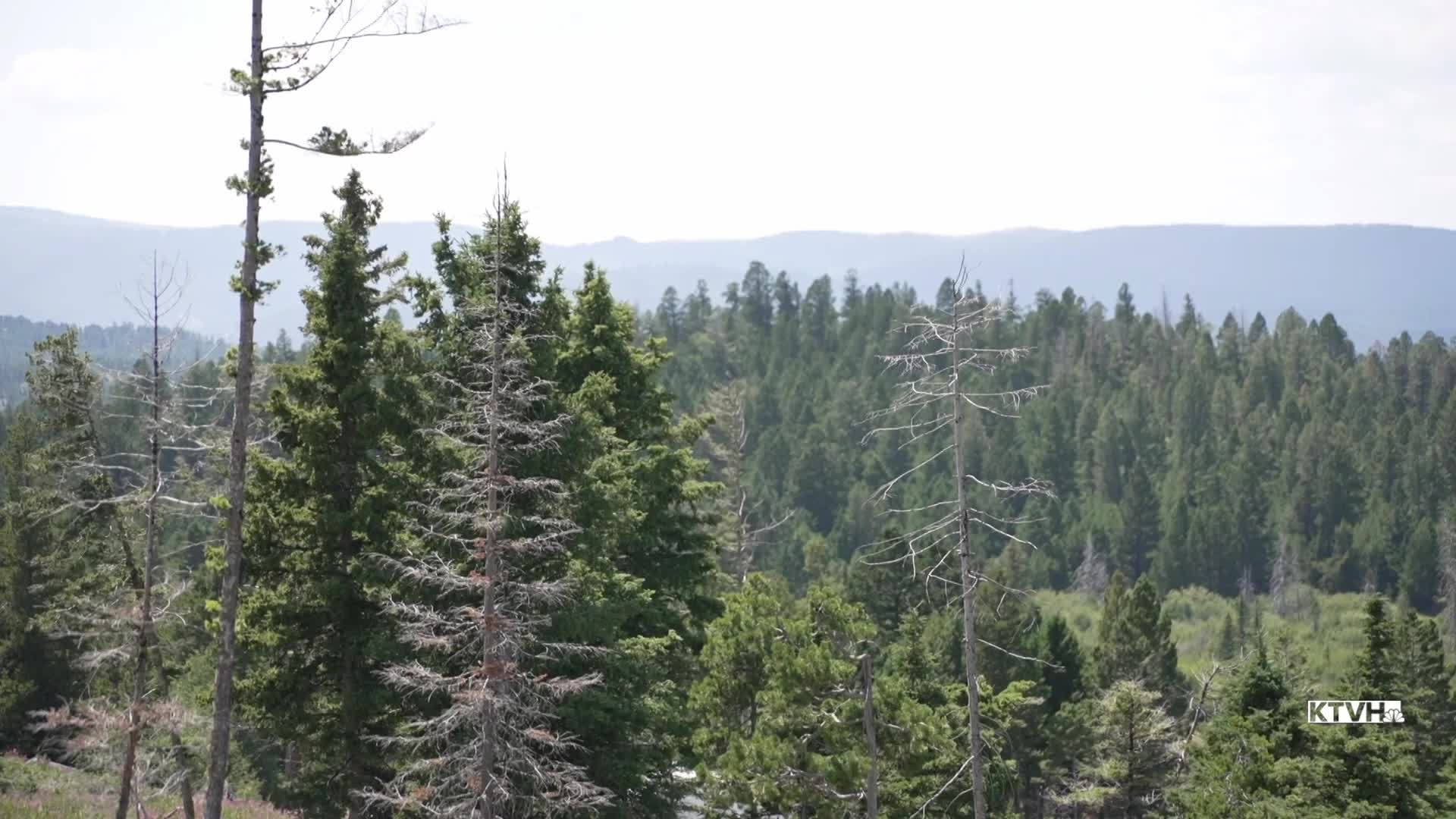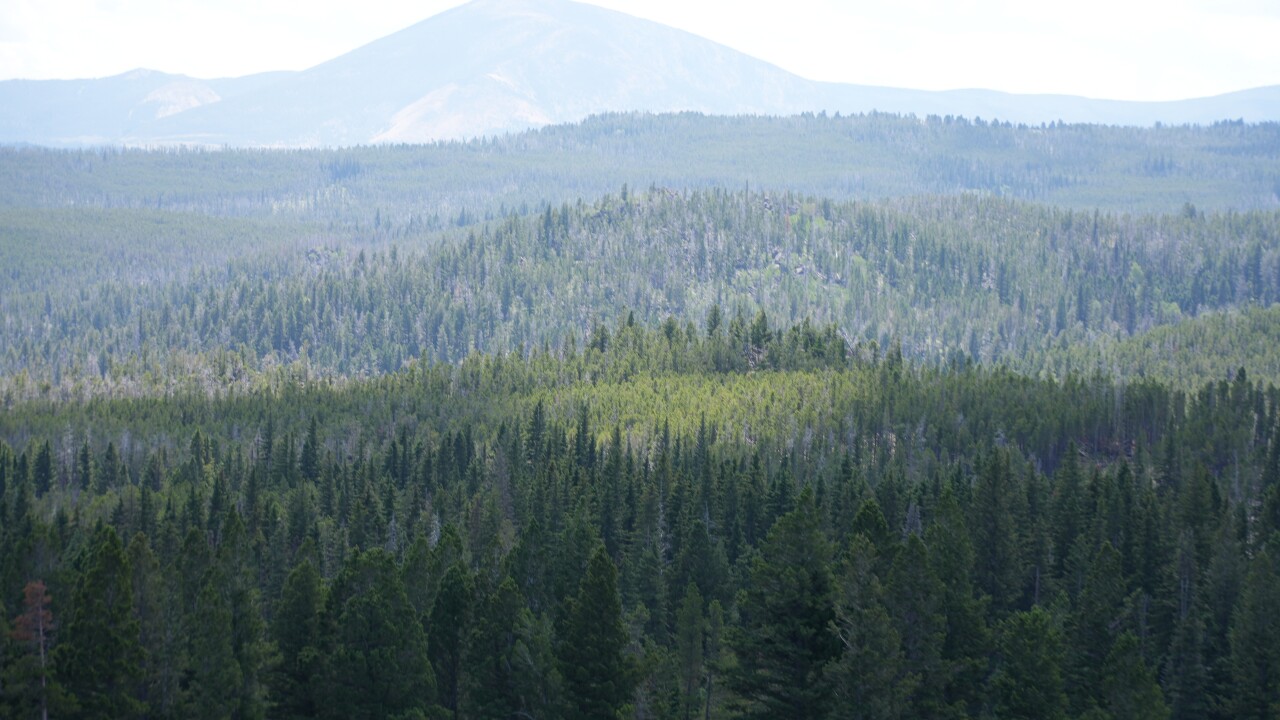HELENA — The Helena-Lewis and Clark National Forest covers almost 3 million acres across central Montana. Leaders say much of that forest land carries more fuel – and more wildfire risk – than it should.
“Historically on the Helena-Lewis and Clark National Forest, about 100,000 acres would have burned every year,” said forest supervisor Emily Platt. “If you combine the fuels management work we currently do and the wildfire acres that currently burn, it’s less than half of what historically burned.”
Platt says that’s the reason for a new “Forestwide Prescribed Fire Project.” This week, the forest officially introduced its draft decision to move forward with the project, which could cover hundreds of thousands of acres over the next twenty years.
(Watch the video for a closer look at why Forest Service leaders say more mitigation is needed.)
The project area covers 2.3 million acres, excluding wilderness and certain other specific regions. Leaders are looking to thin out smaller trees and use prescribed burning on up to 40,000 acres a year, through 2045.
“When you're able to do this fuels work, your forest is more likely to withstand a wildfire and live through it,” said Platt.
This forestwide project area is a shift from earlier projects, when the U.S. Forest Service focused on planning work for specific areas. Platt said they've been working on the plan for several years. She believes the broader framework here will give leaders more flexibility.
If you go west from Helena to the vista point at the top of MacDonald Pass, then look to the south, you can see some of the conditions forest leaders hope the prescribed fire project will help them address.
“You'll see a lot of mortality and you'll see a really contiguous forest,” said Platt. “We want that forest to have some more openings, some areas where the forest is a bit more open. That really helps us change wildfire behavior.”

Randy Saylor, from Sierra Vista, Arizona, arrived at the Cromwell Dixon Campground on MacDonald Pass on Wednesday. He’s supporting a friend who’s hiking the Continental Divide Trail, from the Canadian border in Glacier National Park to the Mexican border in New Mexico.
“She said right now she's running into downfall on the trail that she has to get over or around," he said.
Saylor says, from what he’s seen, the forest in this area isn’t as dense as what his friend hiked through on the Pacific Crest Trail in California, Oregon and Washington. Still, he believes prescribed fires could be a benefit – as long as they’re done carefully.
“If they do it correctly and it burns the debris on the floor without burning the trees, great,” he said.
Platt says the plan is to avoid “high-severity” prescribed burns, specifically because they’re harder to control. She says they work hard to minimize the impacts on the public, including from smoke.
“We're definitely as conscientious as possible with when we do a prescribed fire,” she said. “We work really closely with the state to make sure we're picking the right windows -- and for certain, the smoke from prescribed fire is much better than smoke from wildfires, should those occur.”

While the project area covers the vast majority of the Helena-Lewis and Clark National Forest, that doesn’t mean fuels reduction work is going to happen everywhere. Overall, Platt says the work will affect about 17% of the project area.
“There's a lot of the landscape that remains untouched – and that's fine, because you don't have to manage every acre to effectively change how wildfires burn across the landscape,” she said.
Platt said they’ve already done a lot of fuels mitigation in the area around Helena, so they’re likely to start work in other areas. Some of the first work could happen in the Elkhorns – between Townsend and Boulder – and in the Judith River area.
Now that the forest has made its draft decision, there’s a 45-day period for possible objections to be filed. The forest would have to hold a meeting and respond to any objections.
Full draft decision from the Helena-Lewis and Clark National Forest:






